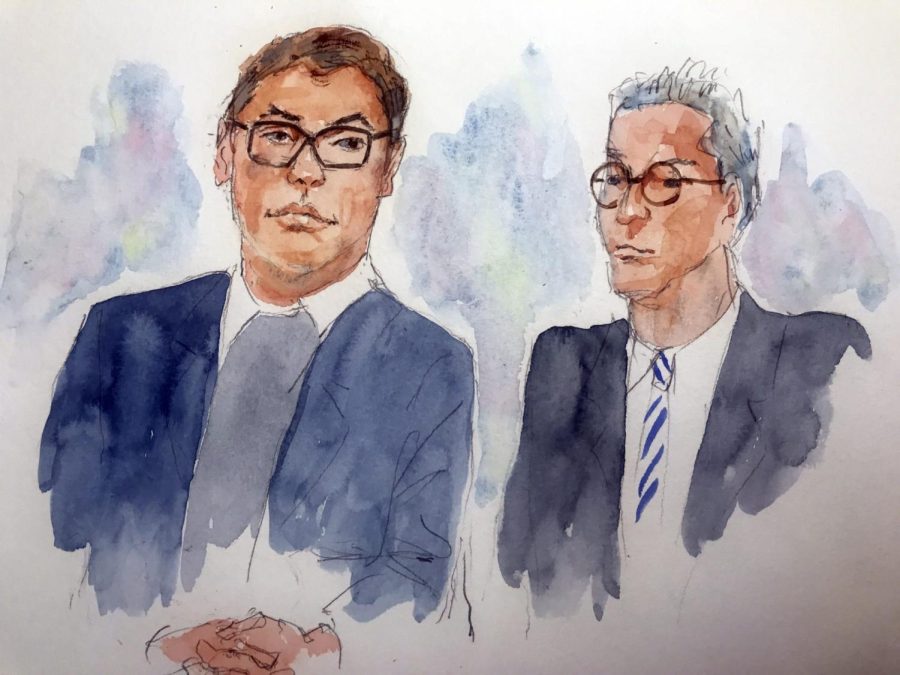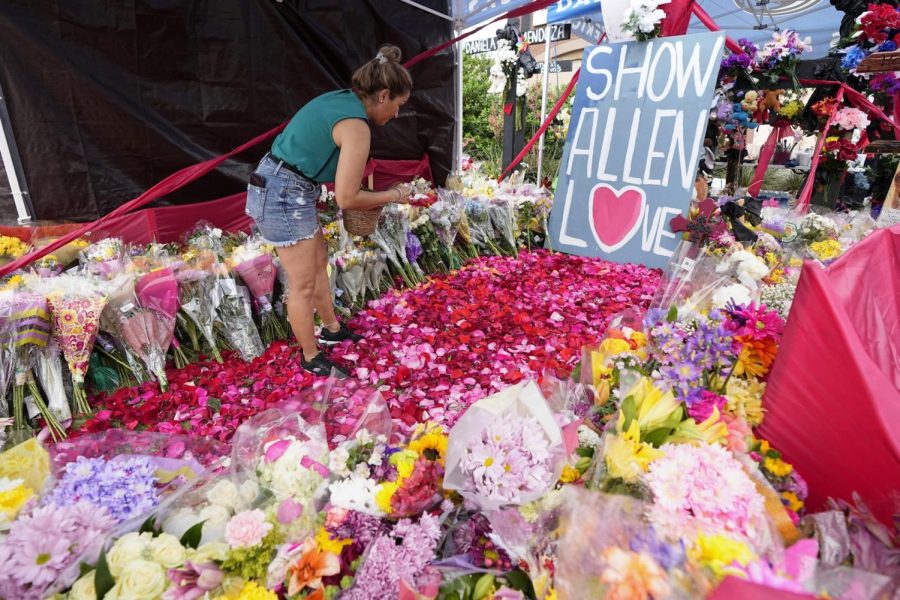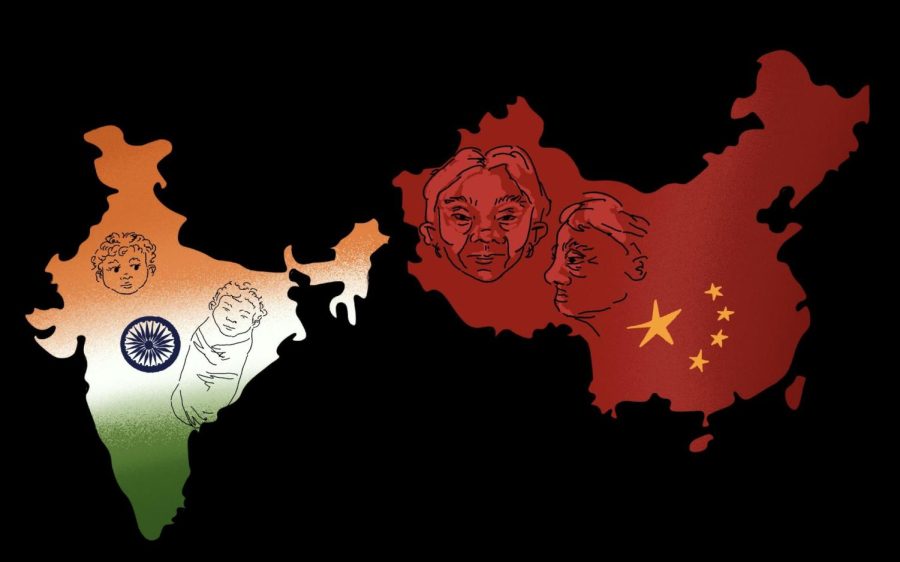[slideshow_deploy id=’11592′]
“Ever since I arrived home, the best way to describe my state of mind is being trapped in shock. I truly cannot think about anything else — all that matters right now is the relief effort,” Alex Gaulin, a Chicago native, said. “I guess you could say it really has consumed me. It’s a weird feeling because being home after an experience like that feels too eerie — too quiet and safe. Being back in America, in my bubble… it fills me with guilt; I just want to be in Nepal helping the survivors.”
On April 25, at approximately 11:56 a.m. NST, an earthquake with a magnitude of 7.8 devastated the nation of Nepal. More than 7,000 lives were lost, with twice as many injured. For most of America, it’s hard to absorb the intensity of these numbers while residing comfortably on the opposite side of the planet. When the devastation is not constantly visible, people tend to forget that those affected by natural disasters are still living with the aftermath — even when the news articles have melted into obscurity. But for Gaulin the despair of the Nepalese people has not faded from her mind.
As an amateur photographer on the expedition of a lifetime, Gaulin was in Kathmandu, Nepal during the quake. Just before disaster struck, she had the pleasure of spending 17 days experiencing the beauty of this poor but proud nation. With the help of her expedition guides, Alex trekked through a country of strong tradition and eclectic culture to experience the mesmerizing qualities of Nepal, from Pokhara to the Himalayas. Along with the other members of her photography group, it is likely that Gaulin possesses the last photos of ancient temples and cultural wonders before they were reduced to rubble.
“We’ve been corresponding with our travel guides in Kathmandu — drivers, mountain guides and those who contributed their time to make our trip meaningful. They are some of the friendliest people I’ve encountered. We feel like they are our family,” Gaulin said. “They’ve been reaching out to us for international help and to keep us updated. The news stories fade — but these people live there, this is their home. They can tell us directly what’s happening on the ground in Nepal.”
Umesh Koirala Solu, a Nepal native and an experienced tour guide, has been corresponding with Gaulin over social media about what he has seen in the country.
“It is so sad to think that so many people that have died. So many have lost limbs — hands and legs especially,” Solu said about the Everest base camp he visited. “When I’m there and thinking about all of this, I cannot stop crying. We are so worried. We’ve lost everything — we don’t have anything here.” Solu, whose home was destroyed in the disaster, has a brother in the hospital and a baby on the way.
Alex has been going door to door asking local businesses to put up flyers for her GoFundMe page. She plans to give this money to the relief efforts in Nepal. Another one of Gaulin’s guides, Abhaya Khanal, tells her that what people need most is food, water and gas. He expresses to her that minimal relief is being given to the people because of the widespread devastation, and many survivors are extremely low on these necessities.
Efforts to provide assistance to Himalayan villages prove to be very difficult as well.
“Supplies are primarily delivered to locals in the Himalayas by porters — men who carry goods on their backs and on the backs of animals, such as yaks and mules. The villages are tiny; they are on the edges of cliffs and are built poorly with weak infrastructure. Sometimes you see homes built of bamboo sticks and rocks. Not durable enough to withstand something of that magnitude.”
For the Nepalese people, tourism is their main source of income. “The season for touring in Nepal just started; what worries me is that as the news stories begin to fade out, the people of Nepal are going to be forgotten. The country is not safe to travel to now and because their main source of income has been taken from them, the amount of aid they’ll need in keeping the country afloat is going to become enormous,” Gaulin said.
However, she knows that even when the relief efforts begin to dwindle, the spirit of Nepal will prevail. Their main values, family, hard work and tradition will be their foundation as they begin to rebuild their homes and country.
“They’re selfless people; they care about each other deeply and there’s a strong sense of community within the entire country. The people of Nepal understand what’s really important and it’s what they value — family, hard work and tradition — that separates them from the rest,” Gaulin said. “I feel it is my responsibility to help this beautiful country and its people in any way I can, and I hope to make others more aware of how much the Nepalese need and deserve our assistance. They showed me such generosity and warmth when I was a guest in their country… and that light must be returned to them.”
Editor’s note: Alex Gaulin is the sister of the piece’s writer, Nina Gaulin.








